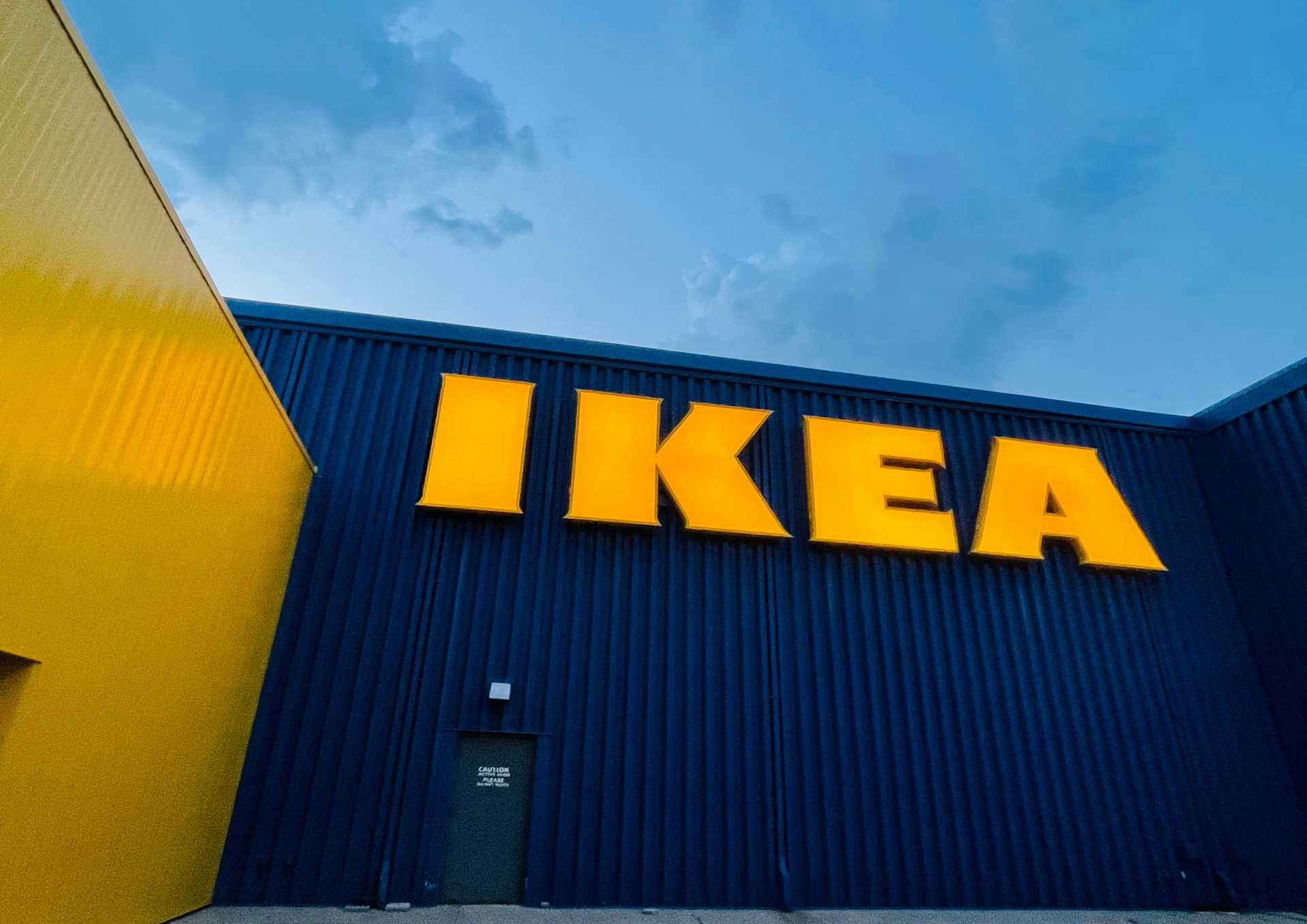In our latest episode of Industry Spotlight Chris, Lee & Jamie share their thoughts on Google’s decision to update the URLs for AMP pages. Subscribe to the Flaunt Digital YouTube channel for all the latest episodes.
See below for the full video transcription.
VIDEO TRANSCRIPTION
Lee: Okay. So, the final point on the agenda is the URL update for AMP pages. This is something that’s been worked on behind the scenes for quite a while. It’s something that Google are pushing, obviously, with the increase in mobile traffic, the improvement in user experience, things like that. This is something that’s going to just continue to grow. And this update sees them trying to give a bit more ownership back to the publishers. So, rather than displaying a URL string and Google taking ownership of that because the page is served from their cache, they’re trying to move it into browsers. So, it will be served from Chrome, but it will be the publisher’s URL instead. That’s my loose understanding of it.
Jamie: Yeah. It’s something that from day one, when AMP got released, it was pretty much the number one sticking point for developers. No one was really happy with Google taking control of essentially what’s their content, essentially duping their content onto Google’s servers. So, you get a myriad of problems there in terms of tracking and analytics and seeing who’s on your site and stuff like that. I know there’s a solution in place for this stuff, but I think people just weren’t happy that everyone was under google.com or amp.google.com.
So, now, it’s going to go back to publishers. It’s some sort of Chrome cache. So, it’s going to be cached somewhere, because obviously, without a cache, it’s not going to be much of an accelerated mobile page, to be honest. So, you’re going to need to cache somewhere. But, yeah, they’re just going to try and sort the URLs out – it’s something that’s been top of the developer sticking point for a long time. There’s also more sticking points with AMP in terms of seeing the authority of the URL on the page and stuff like that it’s going to be solved as well.
Lee: I think that ties into paid as well, being able to offer that user experience from a paid perspective when you’re serving something that is that quick. You actually send traffic to it and have a reliable way of tracking that. Whereas, before, you couldn’t really do that. You couldn’t really think about doing that.
Jamie: Yeah. I think there’s also just a myriad of changes that are in the pipeline for AMP. I know there’s a lot of technical problems with it and they’ve had a lot of trouble with it. The only reason it has caught on is because Google is promoting it really prominently in the UI on mobile. So, you get right at the top. You get a nice pretty card front and center. So, if you start using AMP, you risk losing the ranking signal that you’ll gain from that. You get a nice little lightning bolt icon that Facebook has used with Instant Articles too, which is a similar technology. Yeah. We’re going to expect a lot more changes over the next year and even further on to the way AMP works.
Chris: Yeah. It’s probably not fully developed yet, is it? There’s probably big changes to come in their roadmap.
Lee: I think there’s an element of competition as well. I mean, Google’s, probably, next biggest competitor is Facebook. Facebook do it really well but they’re in-platform anyway so they don’t have to worry about the search impact and the publisher impact because everybody is already on Facebook.





